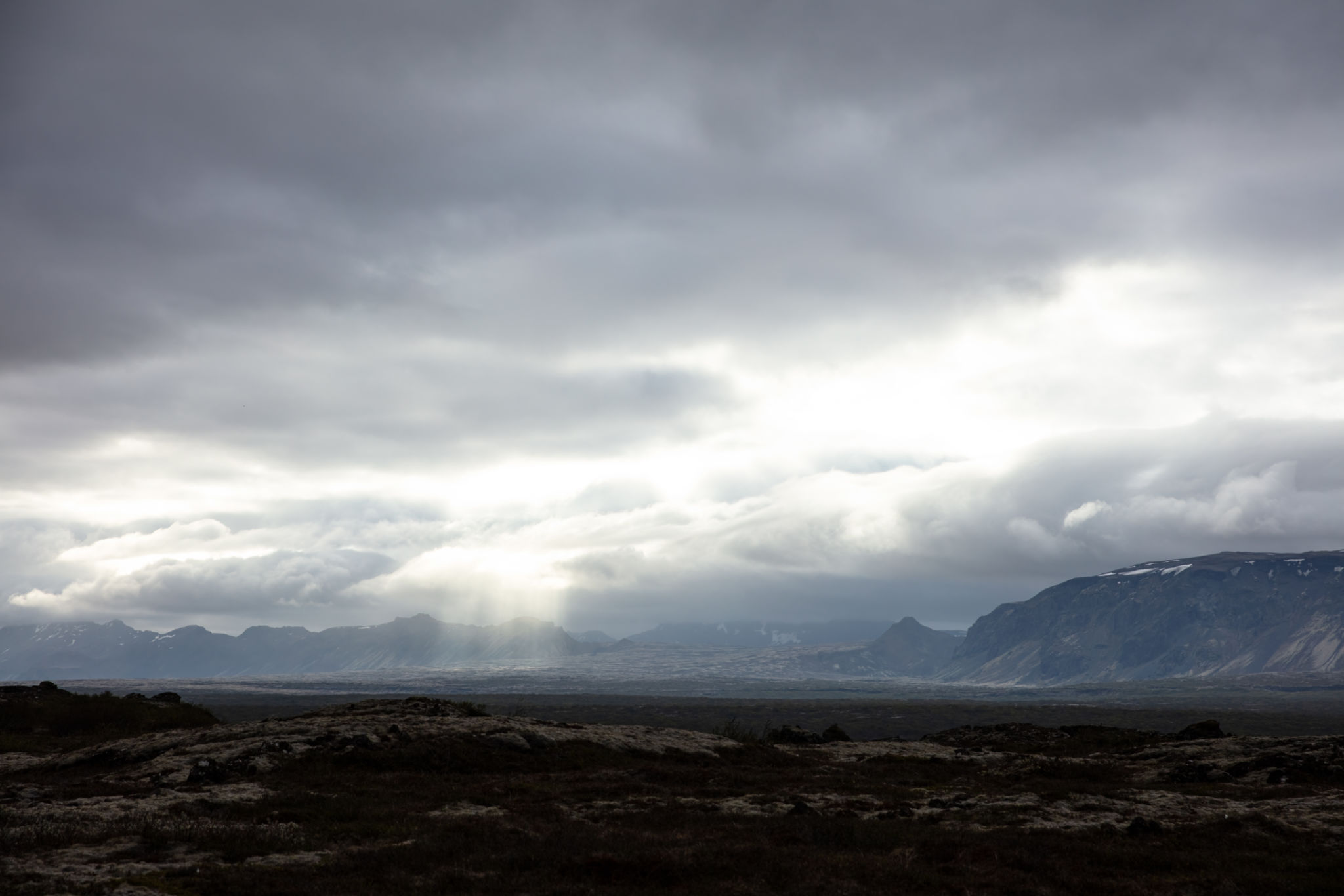Expert Insights: Understanding Weather Patterns to Improve Your Fishing Success
Understanding Weather Patterns
When it comes to fishing, understanding weather patterns can be a game-changer. Weather influences fish behavior, affecting where they swim, when they eat, and how active they are. By learning to interpret these patterns, anglers can significantly enhance their chances of success.
Fish are sensitive to changes in their environment. Temperature, wind, barometric pressure, and precipitation are all factors that can influence fish activity. Recognizing these elements and how they interact can lead to more fruitful fishing trips.

Temperature and Fish Behavior
Temperature plays a crucial role in determining fish behavior. Most fish species have an optimal temperature range where they are most active. For instance, bass are more likely to be found in warmer waters, while trout prefer cooler temperatures. Understanding the preferred temperature ranges of your target species is vital.
During warmer months, fish might seek deeper, cooler waters during the heat of the day, becoming more active in the morning and evening. Conversely, in cooler months, fish might stay in shallower waters where sunlight can warm the water more quickly.
The Impact of Barometric Pressure
Barometric pressure is another critical factor that affects fish behavior. Fish have swim bladders that are sensitive to pressure changes, which can influence their feeding patterns. Generally, rising pressure can make fish more active, while falling pressure might slow them down.
Many anglers find that fishing can be particularly successful right before a storm when the barometric pressure is dropping. This is often because fish sense the change and feed more aggressively in preparation for the storm.

Wind and Its Effects
Wind can significantly influence fishing conditions. It affects water temperature, helps distribute nutrients, and influences fish location. Wind can push warm surface waters towards one side of a lake, creating an ideal spot for fishing as fish follow the food brought by the current.
However, strong winds can make fishing challenging by creating rough water conditions. Anglers should always prioritize safety and be mindful of weather forecasts before heading out.
Precipitation and Water Clarity
Rain can also have a profound impact on fishing. Light rain can be beneficial as it breaks the surface tension of the water, making fish less wary and more likely to bite. Additionally, rain can wash nutrients into the water, attracting fish.
However, heavy rain can reduce visibility and alter water clarity, making it harder for fish to see bait. Understanding how different levels of precipitation affect your specific fishing location is essential for planning a successful outing.

Conclusion: Harnessing Weather for Success
By developing a keen understanding of how weather impacts fish behavior, anglers can tailor their strategies to maximize success. Recognizing temperature preferences, monitoring barometric pressure changes, factoring in wind conditions, and accounting for precipitation can all lead to more productive fishing trips.
Next time you head out on the water, take a moment to observe the weather and adjust your approach accordingly. With these insights, you'll be well on your way to becoming a more skilled and successful angler.
